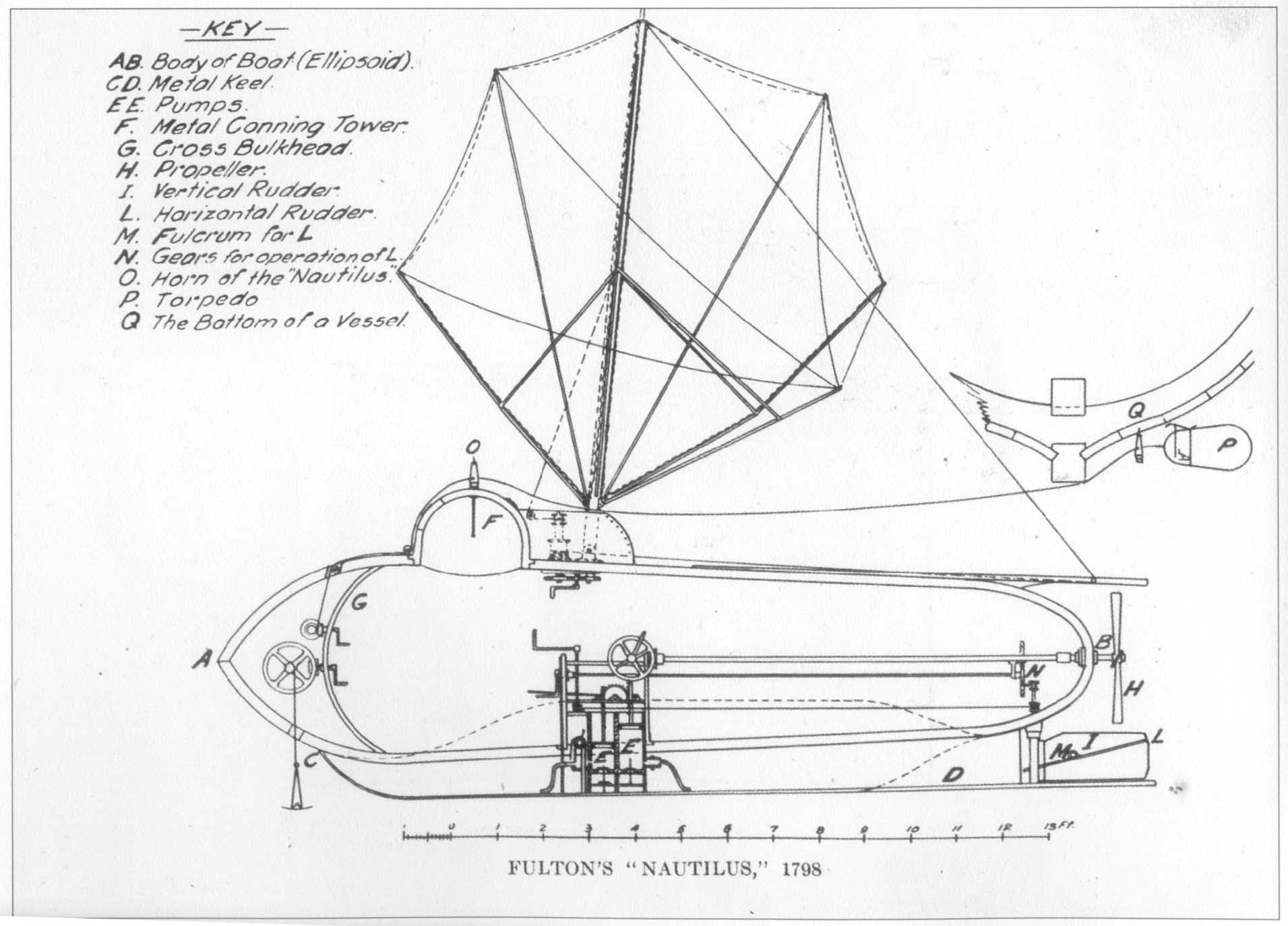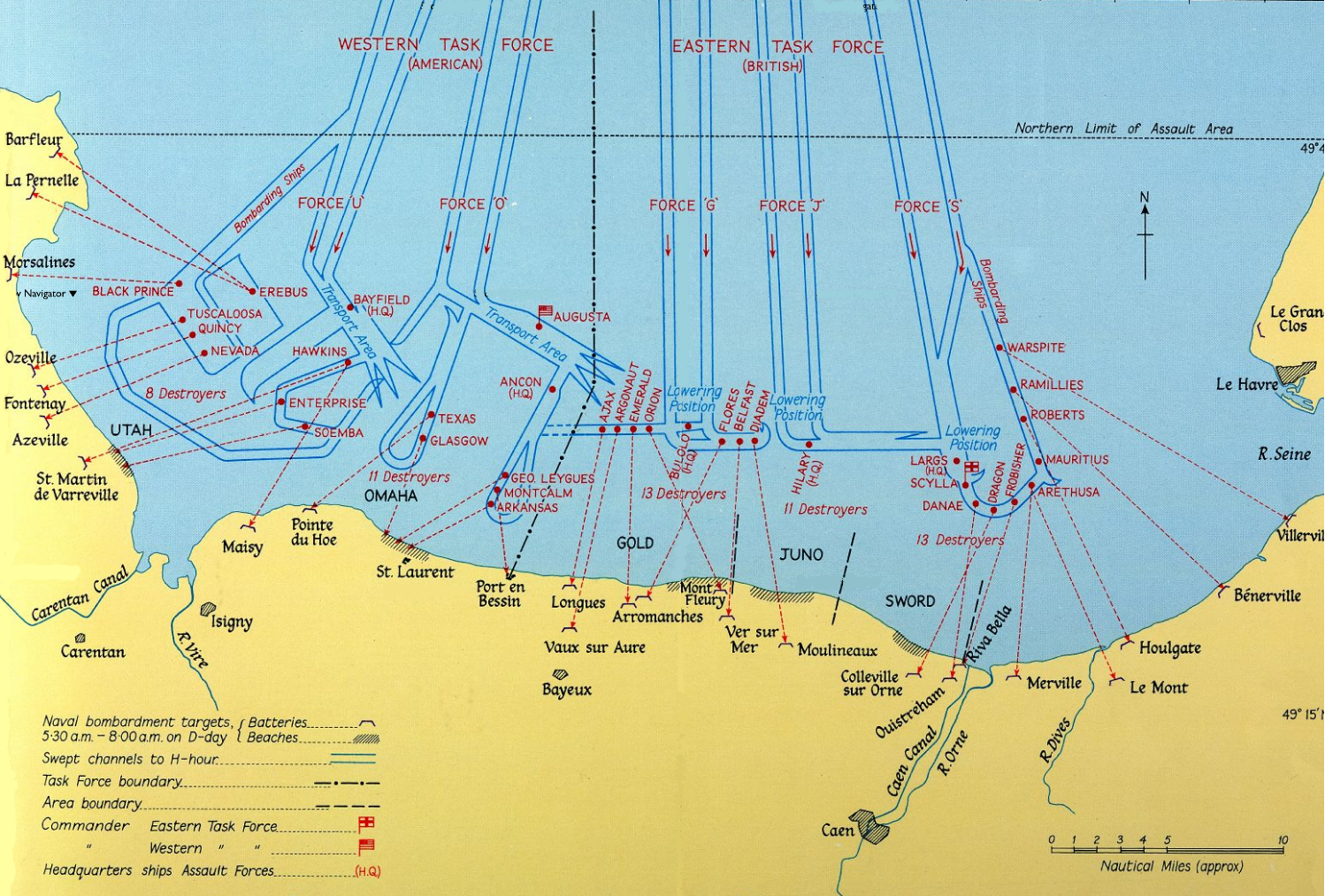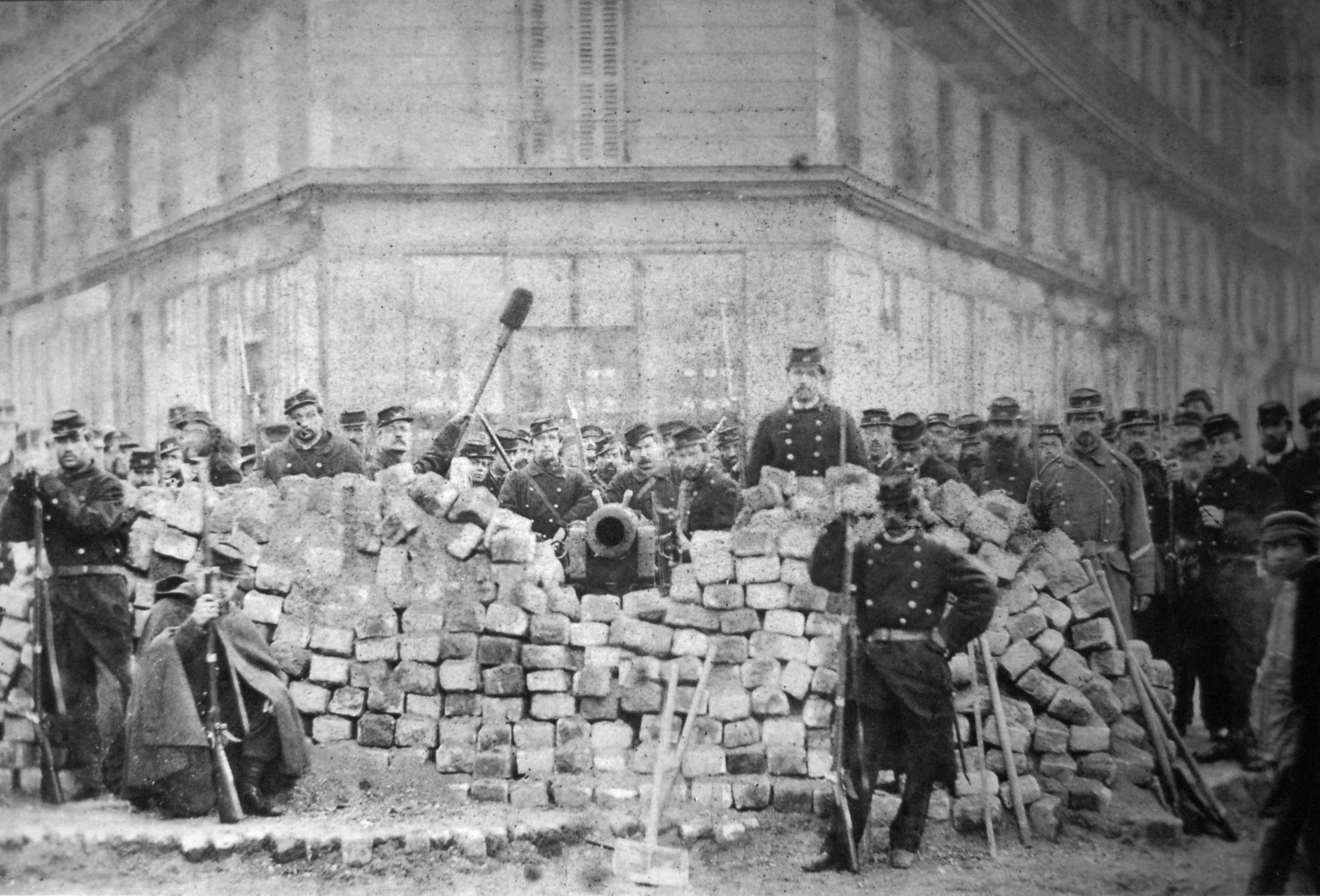|
ĂŽles Saint-Marcouf
Îles Saint-Marcouf comprise two small uninhabited islands off the coast of Normandy, France. They lie in the Baie de la Seine region of the English Channel and are east of the coast of the Cotentin peninsula at Ravenoville and from the island of Tatihou and the harbour at Saint-Vaast-la-Hougue. In addition to the fortifications described below, on the larger island there is a lighthouse that dates to 1948. The larger island, île du Large, is east of the smaller île de Terre. They have a total area of and a maximum altitude of . The islands take their name from Saint Marcouf, a saint born in Bayeux, whom it was said could cure anyone of scrofula. He died on the Îles Saint-Marcouf on 1May 588 CE. There was a monastic presence on the islands until the 15th century. British occupation During the French Revolutionary Wars the Royal Navy held the islands for nearly seven years as a strategic forward base. In July 1795 British sailors and marines from the Western Frigate Sq ... [...More Info...] [...Related Items...] OR: [Wikipedia] [Google] [Baidu] |
Ravenoville
Ravenoville () is a former commune in the Manche department in north-western France. On 1 January 2019, it was merged into the commune Sainte-Mère-Église. 27 December 2018 Geography Ravenoville is divided into 2 towns: Ravenoville-Bourg and Ravenoville-Plage. A sinuous route of about 1.25 miles through the pastureland of Normandy links them.History Ravenoville, close to , on the evening of June 5, 1944 and throughout the day of June 6, 1944, lived through the Allied landing.See also * |
Battle Of The ĂŽles Saint-Marcouf
The Battle of the ĂŽles Saint-Marcouf was an engagement fought off the ĂŽles Saint-Marcouf near the Cotentin peninsula on the Normandy coast of France in May 1798 during the French Revolutionary Wars. Dislodging a British garrison on the islands was the main objective for French forces. The garrison (which had been in place since 1795) allowed the islands to serve as a resupply base for Royal Navy ships patrolling northern French waters. Apart from expelling the British, the French sought to test new equipment and tactics, which had allegedly been developed with an intention of invading Britain. On 7 May, French forces launched a massed amphibious assault on the southern island, using over 50 landing ships and hundreds of troops. The island's 500-strong garrison was compelled to resist the attack alone; although significant Royal Navy forces were in the area, a combination of wind and tides prevented them from intervening. Despite the superior numbers of the French attackers, th ... [...More Info...] [...Related Items...] OR: [Wikipedia] [Google] [Baidu] |
Utah Beach
Utah, commonly known as Utah Beach, was the code name for one of the five sectors of the Allied invasion of German-occupied France in the Normandy landings on June 6, 1944 (D-Day), during World War II. The westernmost of the five code-named landing beaches in Normandy, Utah is on the Cotentin Peninsula, west of the mouths of the Douve and Vire rivers. Amphibious landings at Utah were undertaken by United States Army troops, with sea transport, mine sweeping, and a naval bombardment force provided by the United States Navy and Coast Guard as well as elements from the British, Dutch and other Allied navies. The objective at Utah was to secure a beachhead on the Cotentin Peninsula, the location of important port facilities at Cherbourg. The amphibious assault, primarily by the US 4th Infantry Division and 70th Tank Battalion, was supported by airborne landings of the 82nd and 101st Airborne Division. The intention was to rapidly seal off the Cotentin Peninsula, prevent the G ... [...More Info...] [...Related Items...] OR: [Wikipedia] [Google] [Baidu] |
4th Cavalry Group
The 4th Cavalry Regiment is a United States Army cavalry regiment, whose lineage is traced back to the mid-19th century. It was one of the most effective units of the Army against American Indians on the Texas frontier. Today, the regiment exists as separate squadrons within the U.S. Army. The 1st Squadron of the 4th Cavalry's official nickname is "Quarterhorse", which alludes to its 1/4 Cav designation. The 3rd Squadron of the 4th Cavalry's official nickname is "Raiders". Today, the "1st Squadron, 4th Cavalry", "2nd Squadron, 4th Cavalry", "4th Squadron, 4th Cavalry", and "6th Squadron, 4th Cavalry" are parts of the 1st Infantry Division, while the "3rd Squadron, 4th Cavalry" serves as part of the 25th Infantry Division. On 23 September 2009, the "4th Squadron, 4th Cavalry" officially stood up at Fort Riley, Kansas as part of the 1st "Devil" Brigade, 1st Infantry Division. On 28 March 2008, the "5th Squadron, 4th Cavalry" officially stood up at Fort Riley, Kansas as part of ... [...More Info...] [...Related Items...] OR: [Wikipedia] [Google] [Baidu] |
Normandy Landings
The Normandy landings were the landing operations and associated airborne operations on Tuesday, 6 June 1944 of the Allied invasion of Normandy in Operation Overlord during World War II. Codenamed Operation Neptune and often referred to as D-Day, it was the largest seaborne invasion in history. The operation began the liberation of France (and later western Europe) and laid the foundations of the Allied victory on the Western Front. Planning for the operation began in 1943. In the months leading up to the invasion, the Allies conducted a substantial military deception, codenamed Operation Bodyguard, to mislead the Germans as to the date and location of the main Allied landings. The weather on D-Day was far from ideal, and the operation had to be delayed 24 hours; a further postponement would have meant a delay of at least two weeks, as the invasion planners had requirements for the phase of the moon, the tides, and the time of day that meant only a few days each month were ... [...More Info...] [...Related Items...] OR: [Wikipedia] [Google] [Baidu] |
World War II
World War II or the Second World War, often abbreviated as WWII or WW2, was a world war that lasted from 1939 to 1945. It involved the vast majority of the world's countries—including all of the great powers—forming two opposing military alliances: the Allies and the Axis powers. World War II was a total war that directly involved more than 100 million personnel from more than 30 countries. The major participants in the war threw their entire economic, industrial, and scientific capabilities behind the war effort, blurring the distinction between civilian and military resources. Aircraft played a major role in the conflict, enabling the strategic bombing of population centres and deploying the only two nuclear weapons ever used in war. World War II was by far the deadliest conflict in human history; it resulted in 70 to 85 million fatalities, mostly among civilians. Tens of millions died due to genocides (including the Holocaust), starvation, ma ... [...More Info...] [...Related Items...] OR: [Wikipedia] [Google] [Baidu] |
Paris Commune
The Paris Commune (french: Commune de Paris, ) was a revolutionary government that seized power in Paris, the capital of France, from 18 March to 28 May 1871. During the Franco-Prussian War of 1870–71, the French National Guard had defended Paris, and working-class radicalism grew among its soldiers. Following the establishment of the Third Republic in September 1870 (under French chief executive Adolphe Thiers from February 1871) and the complete defeat of the French Army by the Germans by March 1871, soldiers of the National Guard seized control of the city on March 18. They killed two French army generals and refused to accept the authority of the Third Republic, instead attempting to establish an independent government. The Commune governed Paris for two months, establishing policies that tended toward a progressive, anti-religious system of social democracy, including the separation of church and state, self-policing, the remission of rent, the abolition of child l ... [...More Info...] [...Related Items...] OR: [Wikipedia] [Google] [Baidu] |
Communards
The Communards () were members and supporters of the short-lived 1871 Paris Commune formed in the wake of the French defeat in the Franco-Prussian War. After the suppression of the Commune by the French Army in May 1871, 43,000 Communards were taken prisoner, and 6,500 to 7,500 fled abroad. Milza, 2009a, pp. 431–432 The number of Communard soldiers killed in combat or executed afterwards during the week has long been disputed: Prosper-Olivier Lissagaray put the number at twenty thousand, but estimates by more recent historians put the probable number between ten and fifteen thousand men. 7,500 were jailed or deported under arrangements which continued until a general amnesty during the 1880s; this action by Adolphe Thiers forestalled the proto-communist movement in the French Third Republic (1871–1940). The Franco-Prussian War and the Paris Commune The working class of Paris were feeling ostracized after the decadence of the Second Empire and the Franco-Prussian Wa ... [...More Info...] [...Related Items...] OR: [Wikipedia] [Google] [Baidu] |
Casemate
A casemate is a fortified gun emplacement or armored structure from which artillery, guns are fired, in a fortification, warship, or armoured fighting vehicle.Webster's New Collegiate Dictionary When referring to Ancient history, antiquity, the term "casemate wall" means a double city wall with the space between the walls separated into chambers, which could be filled up to better withstand battering rams in case of siege (see #Antiquity: casemate wall, Antiquity: casemate wall). In its original early modern meaning, the term referred to a vaulted chamber in a fort, which may have been used for storage, accommodation, or artillery which could fire through an opening or embrasure. Although the outward faces of brick or masonry casemates proved vulnerable to advances in artillery performance, the invention of reinforced concrete allowed newer designs to be produced well into the 20th century. With the introduction of ironclad warships, the definition was widened to include a prot ... [...More Info...] [...Related Items...] OR: [Wikipedia] [Google] [Baidu] |
Napoleon
Napoleon Bonaparte ; it, Napoleone Bonaparte, ; co, Napulione Buonaparte. (born Napoleone Buonaparte; 15 August 1769 – 5 May 1821), later known by his regnal name Napoleon I, was a French military commander and political leader who rose to prominence during the French Revolution and led successful campaigns during the Revolutionary Wars. He was the ''de facto'' leader of the French Republic as First Consul from 1799 to 1804, then Emperor of the French from 1804 until 1814 and again in 1815. Napoleon's political and cultural legacy endures to this day, as a highly celebrated and controversial leader. He initiated many liberal reforms that have persisted in society, and is considered one of the greatest military commanders in history. His wars and campaigns are studied by militaries all over the world. Between three and six million civilians and soldiers perished in what became known as the Napoleonic Wars. Napoleon was born on the island of Corsica, not long af ... [...More Info...] [...Related Items...] OR: [Wikipedia] [Google] [Baidu] |
Treaty Of Amiens
The Treaty of Amiens (french: la paix d'Amiens, ) temporarily ended hostilities between France and the United Kingdom at the end of the War of the Second Coalition The War of the Second Coalition (1798/9 – 1801/2, depending on periodisation) was the second war on revolutionary France by most of the European monarchies, led by Britain, Austria and Russia, and including the Ottoman Empire, Portugal, N .... It marked the end of the French Revolutionary Wars; after a short peace it set the stage for the Napoleonic Wars. Britain gave up most of its recent conquests; France was to evacuate Kingdom of Naples, Naples and Egypt Eyalet, Egypt. Britain retained British Ceylon, Ceylon (Sri Lanka) and Trinidad. It was signed in the city of Amiens on 25 March 1802 (4 Germinal X in the French Revolutionary calendar) by Joseph Bonaparte and Marquess Charles Cornwallis, 1st Marquess Cornwallis, Cornwallis as a "Definitive Treaty of Peace". The consequent peace lasted only one year ( ... [...More Info...] [...Related Items...] OR: [Wikipedia] [Google] [Baidu] |
Isigny-sur-Mer
Isigny-sur-Mer (, literally ''Isigny on Sea'') is a commune in the Calvados department and Normandy region of north-western France. It is part of the communauté de communes Isigny-Omaha Intercom, the 59 communes of which have a combined population of 27,181. Geography and economy Situated in the fertile grassland region – known as the Baie des Veys – which constitutes the joint estuary of four rivers, Isigny is an important centre of the dairy industry. The town is famous for its AOC butter and cream, as well as for the production of Mimolette, Pont-l'Évêque, Camembert, and Trésor d'Isigny cheeses, among others, made by the Isigny Sainte-Mère co-operative. Oysters have been extensively cultivated in the nearby waters of the Baie des Veys since the mid 20th century. A major river, the Vire, passes through the commune. History The name of the town is proposed to have derived from Latin "Isiniacum", based on Germanic name "Iso" and Latin ending -iacum. The town is wel ... [...More Info...] [...Related Items...] OR: [Wikipedia] [Google] [Baidu] |









